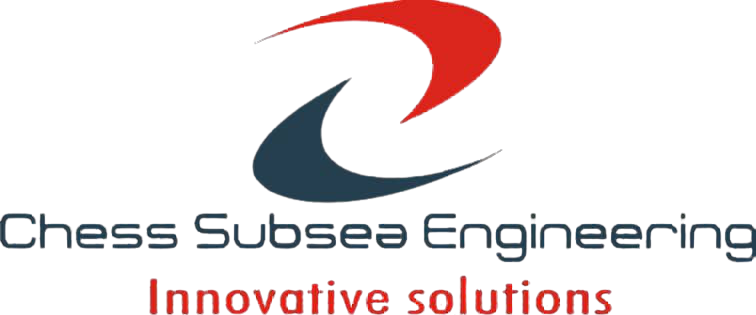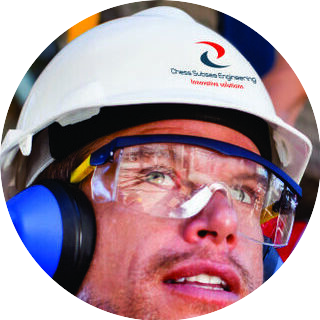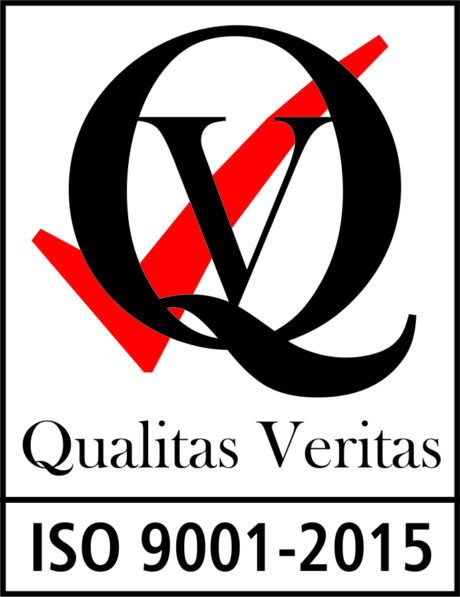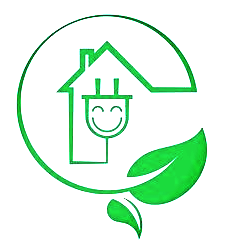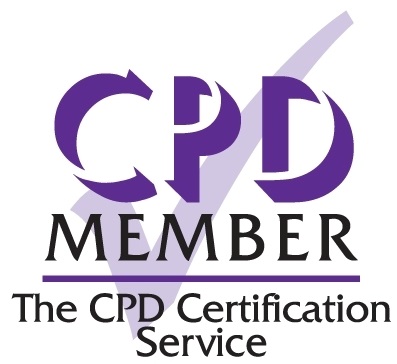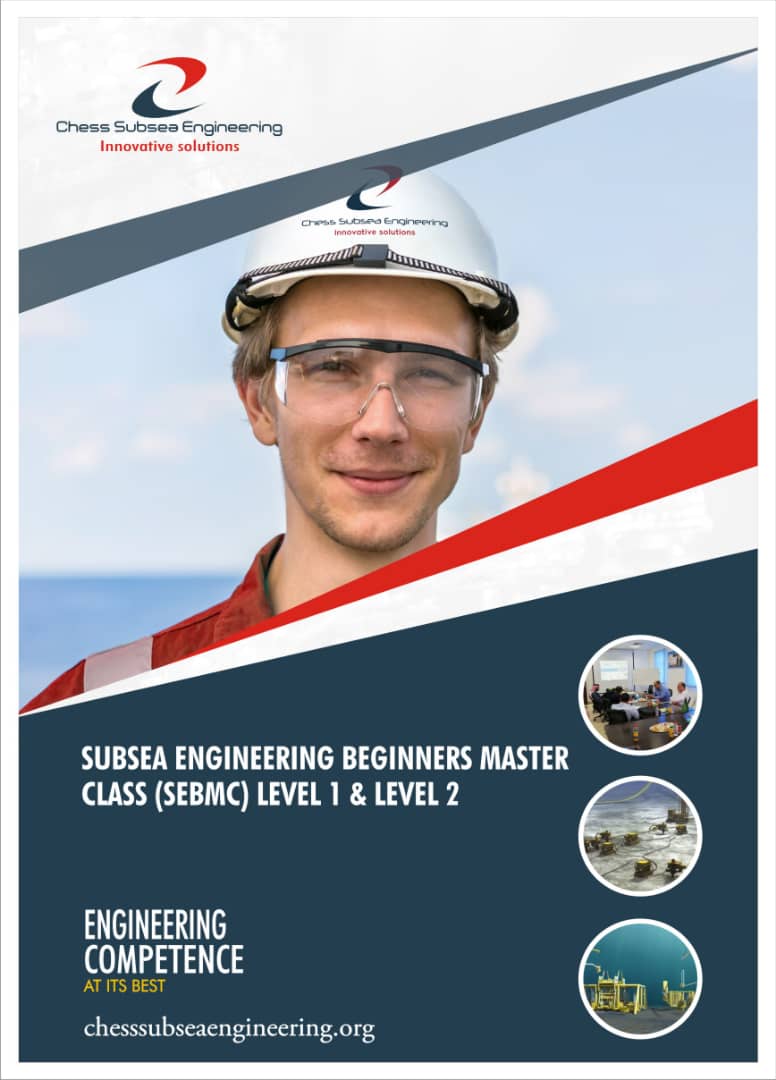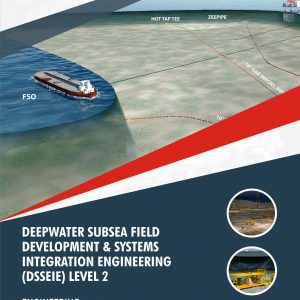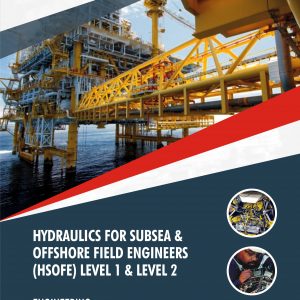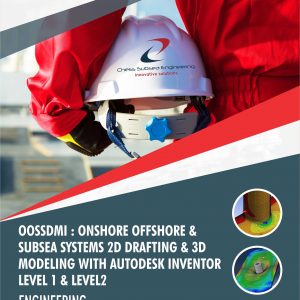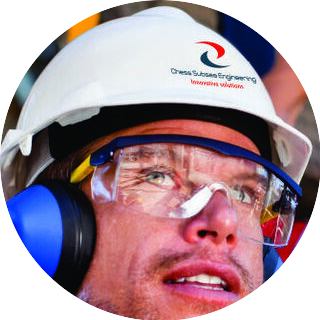Description
Subsea Engineering Beginners Master Class (SEBMC) Level 1 and Level 2 provide candidates with a comprehensive introduction to subsea engineering principles, concepts, and practices. These courses aim to equip participants with the fundamental knowledge and skills necessary to understand and contribute to subsea engineering projects.
Introduction to Subsea Engineering: Participants are introduced to the basics of subsea engineering, including the subsea environment, equipment, and systems commonly used in offshore operations. This module provides a foundation for understanding the unique challenges and considerations in subsea engineering.
Subsea Infrastructure and Systems: This section focuses on the various components and systems used in subsea engineering projects. Participants learn about subsea pipelines, risers, umbilicals, manifolds, control systems, and other essential infrastructure elements.
Subsea Field Development: The course covers the different stages of subsea field development, including exploration, appraisal, concept selection, detailed design, and project execution. Participants gain insights into the lifecycle of a subsea project and the associated engineering activities.
Subsea Operations and Maintenance: Participants learn about the operations and maintenance aspects of subsea systems. This includes topics such as inspection, repair, and maintenance techniques, remotely operated vehicles (ROVs), and intervention methods.
Health, Safety, and Environment (HSE) Considerations: This module covers the importance of health, safety, and environmental practices in subsea engineering projects. Participants gain an understanding of risk assessment, hazard identification, and mitigation strategies specific to the subsea environment.
Subsea Project Management: Participants explore the project management aspects of subsea engineering projects, including planning, scheduling, budgeting, and resource allocation. The course covers project execution strategies and the coordination of multidisciplinary teams.
Subsea Field Architecture and Design: This section focuses on the detailed design considerations for subsea infrastructure and systems. Participants learn about subsea equipment selection, installation methods, flow assurance, and system integration.
Subsea Control Systems and Instrumentation: Participants gain insights into subsea control systems and instrumentation, including subsea control modules, sensors, umbilicals, and communication systems. The course covers the principles of control and monitoring of subsea equipment.
Subsea Integrity Management: This module explores the concepts of subsea integrity management, including inspection strategies, maintenance planning, and asset integrity assurance. Participants learn about risk-based approaches to maintaining the integrity of subsea infrastructure.
Case Studies and Practical Exercises: The course may include case studies and practical exercises to apply the learned concepts and enhance problem-solving skills. Participants analyze real-world scenarios and engage in group discussions and hands-on activities.
Subsea Engineering Beginners Master Class (SEBMC) Level 1 & Level 2 covers all the major aspects of Overview of subsea engineering and its importance in offshore oil and gas production, History of subsea engineering and technological advancements, Key subsea engineering terminology and concepts, Overview of subsea equipment and systems, including subsea trees, manifolds, and control systems, Design and function of subsea equipment, Installation and maintenance considerations, Overview of subsea production systems, including subsea wellheads and subsea production control systems, Design and function of subsea production systems, Installation and maintenance considerations, Overview of subsea processing systems, including subsea separation and boosting systems, Design and function of subsea processing systems, Installation and maintenance considerations, Overview of subsea flow assurance and its importance in maintaining production, Key flow assurance challenges and solutions, Installation and maintenance considerations, Overview of subsea inspection, maintenance, and repair (IMR) activities, Key IMR equipment and technologies, Best practices for subsea IMR, Overview of subsea risers and umbilicals, including design, installation, and maintenance, Key considerations for selecting and maintaining subsea risers and umbilicals, Overview of subsea control systems, including hydraulic and electrical control systems, Key components of subsea control systems, Design and function of subsea control systems, Overview of subsea safety and environmental management, Key safety and environmental risks and considerations, Best practices for subsea safety and environmental management, Overview of emerging subsea engineering technologies and trends, Opportunities and challenges for the future of subsea engineering and more
Course Outline
Subsea Production Systems
Subsea Field Architecture
Subsea Distribution Systems
Offshore & Subsea Surveys
Subsea Structures Installation and Vessels
Subsea Cost Estimation
Subsea Control Systems
Subsea Power Supply
Subsea Project Execution and Interfaces
Module 1: Overview of Subsea Remote Intervention and Vehicles
ROV technologies and capabilities
Requirements for subsea operations
Module 2: ROV Intervention Operations
Site Survey
Drilling Assistance
Installation Assistance
Operation Assistance
Inspection, Maintenance and Repair
ROV Intervention
Module 3: ROV Intervention & Interconnection System
ROV intervention systems
Interconnections & Characteristics
Interconnecting systems configurations
Module 4: ROV Interface Requirements Based on API 17H
Requirements ROV interfaces and is based primarily on API 17H
Hydraulic Work Package and Docking Frame
Hydraulic Connector & Valve Override Tool
Adapter for the ROV Manipulator
Subsea Systems
Module 5: Remote Operated TOOL (ROT)
ROT Configuration, Generations of ROT for tie-in tools
Total Commissioning Activity
Project Commissioning Schedule
Process for Handling of Commissioning Queries
Mechanical Completion Structural, Mechanical, Piping, Electrical & Hand Over
Pre-Commissioning (PC)
Commissioning
Typical Commissioning Preparation Activities
Commissioning Documents and Handover to Operations
FPSO Turrent Commissioning & Challenges
Drilling Rig Commissioning
Subsea Structures Commissioning – Xmas Tree,
Manifolds, PLEM, PLET, Jumpers, Spools etc
Decommissioning Requirements and Activities – Platform
Removal, Subsea Structures and FPSO
Technical Support References
Ref 1: Overview of subsea engineering and its importance in offshore oil and gas production
Ref 2: History of subsea engineering and technological advancements
Ref 3: Key subsea engineering terminology and concepts
Ref 4: Overview of subsea equipment and systems, including subsea trees, manifolds, and control systems
Ref 5: Design and function of subsea equipment
Ref 6: Subsea Equipment and Systems Installation and maintenance considerations
Ref 7: Overview of subsea production systems, including subsea wellheads and subsea production control systems
Ref 8: Design and function of subsea production systems
Ref 9: Subsea Production Systems Installation and maintenance considerations
Ref 10: Overview of subsea processing systems, including subsea separation and boosting systems
Ref 11: Design and function of subsea processing systems
Ref 12: Subsea Processing Systems Installation and maintenance considerations
Ref 13: Overview of subsea flow assurance and its importance in maintaining production
Ref 14: Key flow assurance challenges and solutions
Ref 15: Subsea Flow Assurance installation and maintenance considerations
Ref 16: Overview of subsea inspection, maintenance, and repair (IMR) activities
Ref 17: Key IMR equipment and technologies
Ref 18: Best practices for subsea IMR
Ref 19: Overview of subsea risers and umbilicals, including design, installation, and maintenance
Ref 20: Key considerations for selecting and maintaining subsea risers and umbilicals
Ref 21: Overview of subsea control systems, including hydraulic and electrical control systems
Ref 22: Key components of subsea control systems
Ref 23: Design and function of subsea control systems
Ref 24: Overview of subsea safety and environmental management
Ref 25: Key safety and environmental risks and considerations
Ref 26: Best practices for subsea safety and environmental management
Ref 27: Overview of emerging subsea engineering technologies and trends
Ref 28: Opportunities and challenges for the future of subsea engineering
Assessment
Participant underpinning knowledge of subsea engineering at masters Level 1 & Level 2 shall be accessed with short answer multiple-choice questionnaire and case studies at the conclusion of the course.
Outcome
Participants will gain an in debt understanding of subsea engineering at master’s level 1 & Level 2. They will also be able to function with minimum supervision as Subsea Production Systems and Services (SPS&S) Systems Engineer for IOCs, offshore & subsea systems service contractor, vendor or installation company.
In addition; shall be able to:
- Create and contribute to the subsea system master equipment list and master document register.
- Deliver subsea system field layouts and distribution schematics along with subsea system design basis and functional design specifications.
- Assist in subsea systems material selection and corrosion protection philosophy.
- Contribute to internal and external interfaces.
- Contribute towards flow assurance, hydrate management and thermal design
- Contribute to intervention, inspection, maintenance and repair strategy
- Support subsea system integrating testing program & technical risk management plan including HAZOP & HAZID. In addition; support reliability management incl. RAM analysis, FMECA and SIL engineering.
Note:
Subsea Production Systems and Services (SPSS) Systems Engineer has technical responsibility for during execution phase of a typical Subsea Project.
Professional Certificate
Issued directly by Chess Subsea Engineering Europe.
Participant may be presented for Offshore Petroleum Training Organization (OPITO) Certification.
How to Register
Click here to download registeration booklet on msword and email completed booklet to info@chesssubseaengineering.org directly.
